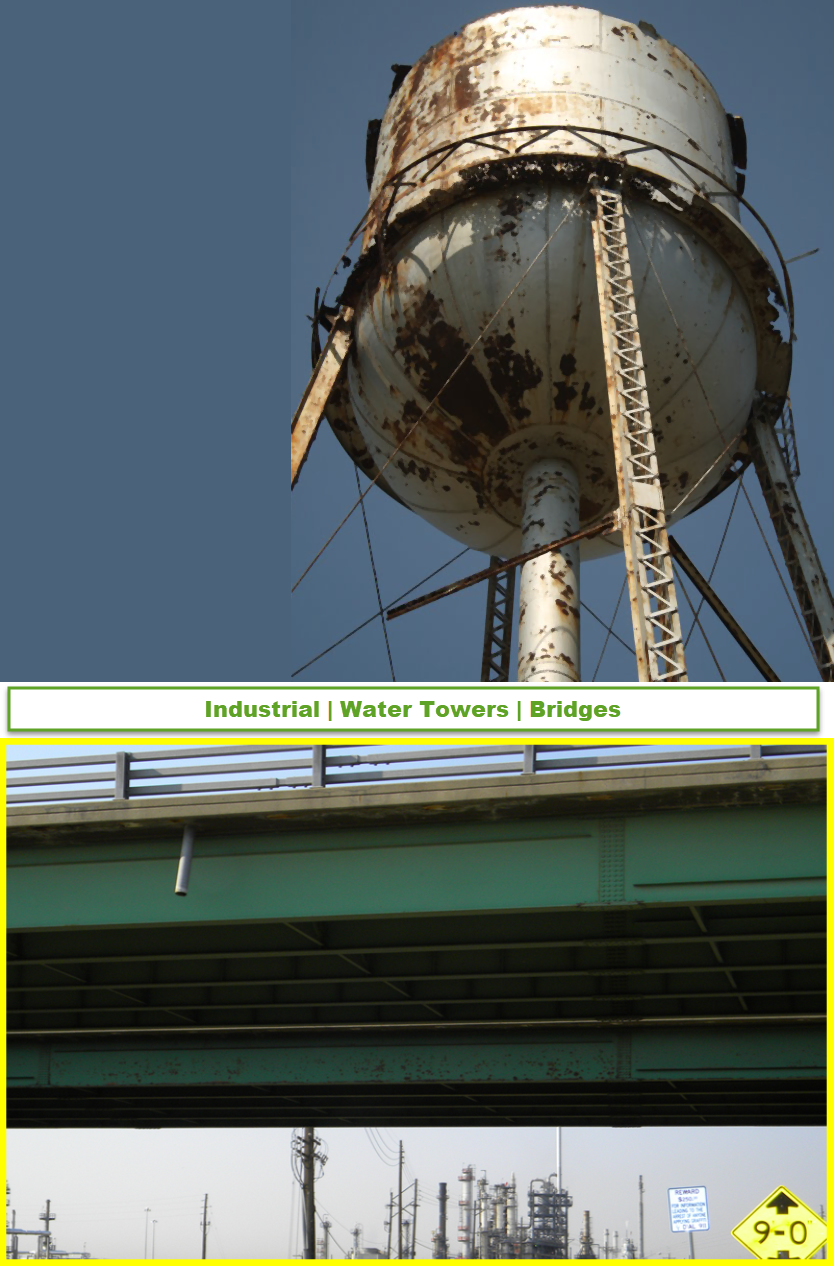 The production and propagation of lead-contaminated airborne dust either through peeling of lead-based paint which sheds dust, or through industrial processes such as abrasive blasting, burning and welding using lead-based material; has had a lot of far-reaching harmful effects to all living organisms within reach of this dangerous dust. The focus of regulations within the industry must be to protect its workers. Employees may become exposed to lead or lead dust through recycling or use of lead-based materials while demolishing houses painted with lead-based paint as well as handling lead-based pipes or fitting.
The production and propagation of lead-contaminated airborne dust either through peeling of lead-based paint which sheds dust, or through industrial processes such as abrasive blasting, burning and welding using lead-based material; has had a lot of far-reaching harmful effects to all living organisms within reach of this dangerous dust. The focus of regulations within the industry must be to protect its workers. Employees may become exposed to lead or lead dust through recycling or use of lead-based materials while demolishing houses painted with lead-based paint as well as handling lead-based pipes or fitting.
Best Practices for Addressing Lead Paint on Tall Structures
Safely addressing lead paint is challenging in any situation, but it becomes increasingly complicated when lead paint is found on tall structures, such as water or high transmission towers. Despite the inherent risks involved in remediating lead paint, by following best practices, it can be done.
Why lead paint is so difficult to deal with in tall structures.
Lead paint poisoning most often occurs when the paint begins to chip or flake, or when attempts are made to remove paint from a structure, causing dust. The lead can then be ingested or inhaled. Further, lead does not break down over time and can stick to particles of soil, where it contaminates the ground, and sometimes, the surrounding groundwater. For more information from the EPA on how lead paint poisoning occurs, click here.
When addressing lead paint on a tall structure, all the complicating factors are amplified. Exposure to the elements not only hastens the breakdown of paint, but it also broadens the affected area; wind can carry paint chips a surprising distance. Further, containing all the lead from a large outdoor structure to prevent ground contamination is a logistical challenge.
Instead of trying to get rid of it at all, if the paint isn't already flaking or turning to dust, you can cover it up with a special treatment. You can now treat lead with our Paint-it-on Leave-it-on® application or remove it rendering it non-hazardous for disposal. ECOBOND® - Lead Defender® seals and treats the lead and lead dust in lead-based paint. This is especially important for lead paint chips or dust that may flake off a tall structure and get blown in the wind and land in adjacent playgrounds, parks or residential yards where children play. In the new Lead Defender formula, Bitrex® creates an added safety barrier to further protect children from lead poisoning by reducing the amount of paint chips or dust a child may ingest. Bitrex® is the bitterest substance known and is added to ECOBOND® to reduce accidental ingestion of potentially harmful materials.
Some considerations for dealing with lead paint on tall structures.
Each project to address lead paint on a tall structure will be unique to the structure itself and the surrounding geography. Considerations such as proximity to highly populated areas, groundwater, or food supplies should be taken into account, and containment should be a goal. Make sure your remediation team appreciates the gravity of dealing with lead paint and is committed to protecting both workers and the general public from its ill-effects. For OSHA's guidelines on dealing with lead in construction, click here. Careful planning can lead to successful and safe outcomes for all.
Effect on workers.
The symptoms associated with lead poisoning are severe. These symptoms include, but are not limited to, mood disorders, abdominal pain, and headaches. It causes developmental delays and learning difficulties in children, and fertility issues in adults. Click here for the Mayo Clinic's guide to the symptoms of lead poisoning.
High-level exposure to this toxic element has the potential to cause adverse effects to the body of the worker with the potential to cause multiple organ failures leading to death. Low-level exposure is also dangerous. Some of the documented health risks brought about by it include cardiovascular problems, kidney failure as well as cognitive and reproductive problems. Some medical journals also put workers that are at risk of exposure to be in danger of developing hypertension and neuromuscular tremors.
What industries should do
Considering the above-mentioned adverse effects to both animals and human beings, construction companies who are the major emitters should cut back on using all raw materials containing lead. They should always remain within the OSHA standard (29 CFR 1926.62) which states that the allowed exposure limit is fifty micrograms per cubic meter of air measured as an eight-hour weighted average. The management must also ensure that the workers are using protective gear when there is any possibility that the work may involve exposure to lead dust.
ECOBOND® LLC is the nation’s leader in developing and distributing products that improve the protection of human health and safety from the hazards of lead in the home, workplace, and the environment. With over 15 years in patented and proven success, the ECOBOND® family of products have been extensively used in successfully treating lead hazards in over 11,000,000 tons of material while serving over 100,000 customers in the United States and Internationally.
